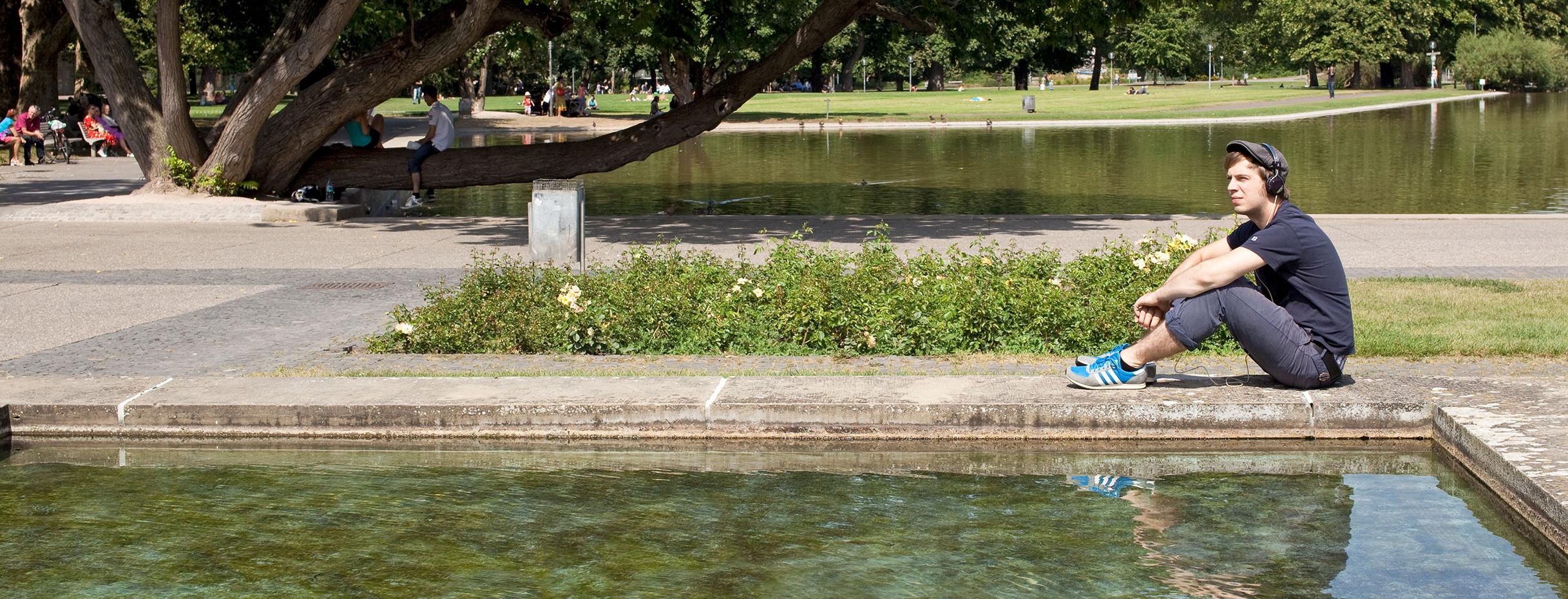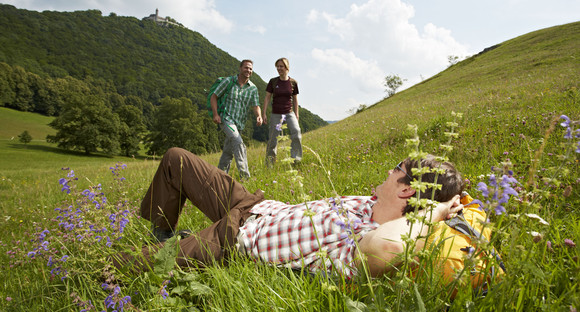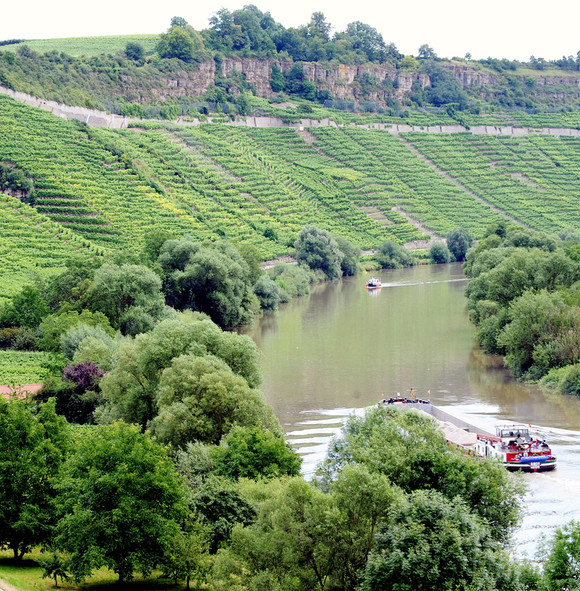Baden-Württemberg is a great place to live.
The State and its people

Creativity in its people, beauty in its landscapes
Baden-Württemberg is poor in natural resources, but its population is overflowing with ingenuity, inventive spirit and an appetite for hard work. The creativity and ingenuity of its people, their skill and expertise, their commitment to industry, science, education, culture and society have made Germany’s Southwest one of the world‘s most successful regions. Characteristic of Baden-Württemberg are its diverse and varied landscapes and its outstanding quality of life.
Geography
In terms of both its surface area and population size, Baden-Württemberg is the third biggest of the German States. An area of 35,751 square kilometres supports a population of around 10.8 million people. Located in Germany’s Southwest corner and neighbour to three other German States, Baden-Württemberg lies at the very heart of Europe and shares borders with three European countries.
Baden-Württemberg is characterized by the diversity of its landscapes. In the West, the scenery is characterized by the Black Forest and the Rhine Plain, in the South by Lake Constance and the ridge of the Alps, in the East by the Swabian Alb hills, and in the North by the Hohenloh plain and the uplands of the Kraichgau region. Forest makes up around 40 per cent of Baden-Württemberg’s total area. The highest mountain is the Feldberg in the Southern Black Forest at 1,493 metres.
Stuttgart is the State Capital and is home to a population of around mit 613,000, making it also the biggest city in the State. The next in size are Mannheim, Karlsruhe and Freiburg. Alongside its urban conurbations, Baden-Württemberg is a predominantly rural State. This rural landscape, with its agricultural and forestry industry and the tourism it attracts, is an equally vital facet of Baden-Württemberg’s unique character.
Baden-Württemberg is also rich in waterways. Water has a key role to play in Baden-Württemberg: As drinking water, service water, as mineral and healing water, and importantly also in providing leisure and recreation. The biggest rivers flowing through the State are Rhine, the Neckar and the Danube. Also a vital to the regional economy is Lake Constance, also known as the “Swabian Sea”. With an area of 572 square kilometres, this is one of the world’s biggest freshwater lakes.
Population
The population of Baden-Württemberg has grown continuously. Today, this growth is due almost exclusively to immigration from outside. The population structure is in a fundamental process of transformation. Alongside ever-increasing life expectancy and a declining birth rate, migration is also a key factor.
Around 1.2 million people with a non-German passport currently live in our State. This makes up around 11 per cent of the total population, making Baden-Württemberg one of the most immigrant-rich of Germany’s flatland states. A good 40 per cent of non-German residents living here originate from one of the 27 EU countries, predominantly Italy and Greece. The greatest migrant group from outside of the EU comes from Turkey.
In 2011, over 14,200 non-German nationals received a German passport in Baden-Württemberg. Since the new citizenship regulations came into force in the year 2000, around 210,000 immigrants have been granted citizenship, the majority of them from Turkey and the former Yugoslavia. Young immigrant settlers under the age of 35 in particular decided to become German citizens.


